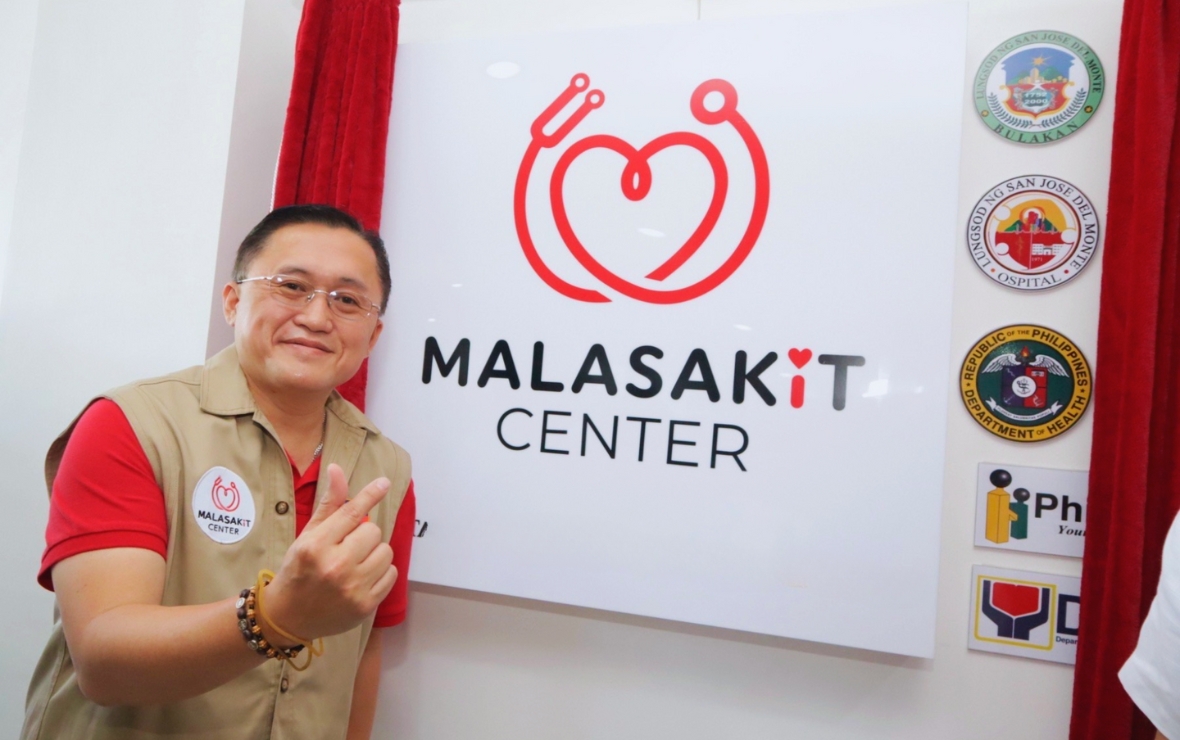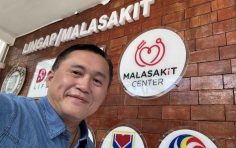For Diane Fermano, a 31-year-old woman from Quezon City, life has been a continuous battle with chronic kidney disease (CKD5). Diagnosed over 12 years ago, she has undergone dialysis treatments since the age of 19. What began with mild symptoms—swollen feet and occasional discomfort—quickly escalated into something far more severe.
“Nagkaroon ng sintomas na pamamanas. Akala ko, wala lang siya,” Diane recalled. Initially brushing off the signs, she soon faced more alarming symptoms. “Pero one time, habang kumakain kami, bigla ako, nagkaroon ng locked jaw. Parang lumabas to, ‘yung dila ko… hindi ko siya ma-kontrol.”
After being rushed to the hospital, doctors found her creatinine levels dangerously high, indicating serious kidney damage. It was then that her long journey of dialysis began.
For many patients like Diane, dialysis is not just a treatment—it’s a lifelong agony. The process, both physically and emotionally draining, took its toll on her. “Parang dalawang taon ako na-depressed,” Diane admitted, recounting the early years of her treatment. However, as time passed, she learned to adjust, but the financial burden of dialysis weighed heavily on her family.
Initially, Diane relied solely on PhilHealth to cover the cost of her treatments, but it wasn’t enough. It was a grueling period where every hospital visit meant another expense that they could barely afford.
Everything changed when Diane discovered Go’s Malasakit Center initiative. The program, designed to ease the financial burden of patients by consolidating medical-financial assistance from various government agencies, gave her family a lifeline.
With the help of the Malasakit Center, Diane’s treatments became more manageable. “Malaking tulong po ang naibigay niyo sa amin. Every three months. Salamat po,” she said, expressing her gratitude.
Diane recalls the immense relief the Malasakit Center provided, especially in covering not just her dialysis but also laboratory tests and essential medications.
For her, the Malasakit Center was more than just financial aid—it was an act of compassion and unconditional service. “Tama po ‘yung sinasabi ni Senator Bong Go na serbisyo sa tao ay serbisyo sa Diyos,” Diane reflected.
Malasakit Centers are one-stop shops aiming to support impoverished patients in reducing their hospital costs to the least possible amount. Go is the principal author and sponsor of Republic Act No. 11463 or the Malasakit Centers Act of 2019, which institutionalized the Malasakit Centers program.
As of now, 166 Malasakit Centers are operational across the country, poised to assist with patients’ medical expenses. The DOH reports that the Malasakit Center program has already provided aid to more than 15 million Filipinos.
Go has also filed Senate Bill No. 190, known as the “Free Dialysis Act of 2022.” If approved, this bill will require PhilHealth to develop and institutionalize a comprehensive dialysis benefit package that shall fully cover all costs of hemodialysis and peritoneal dialysis treatments, sessions, and procedures done in PhilHealth-accredited health facilities. If enacted into law this will be a significant step in further easing the burden on families like Diane’s.
In response, Go humbly expressed his gratitude for being given the chance to help. “Kami po ang dapat magpasalamat sa inyo dahil binigyan niyo po kami ng pagkakataon na makapagserbisyo po sa inyo lahat,” the senator shared.
Diane’s story is just one of many, a testament to the far-reaching impact of Malasakit Centers across the country. Through these centers, countless families find hope amid the uncertainty of medical crises, ensuring that they don’t have to face these challenges alone.









